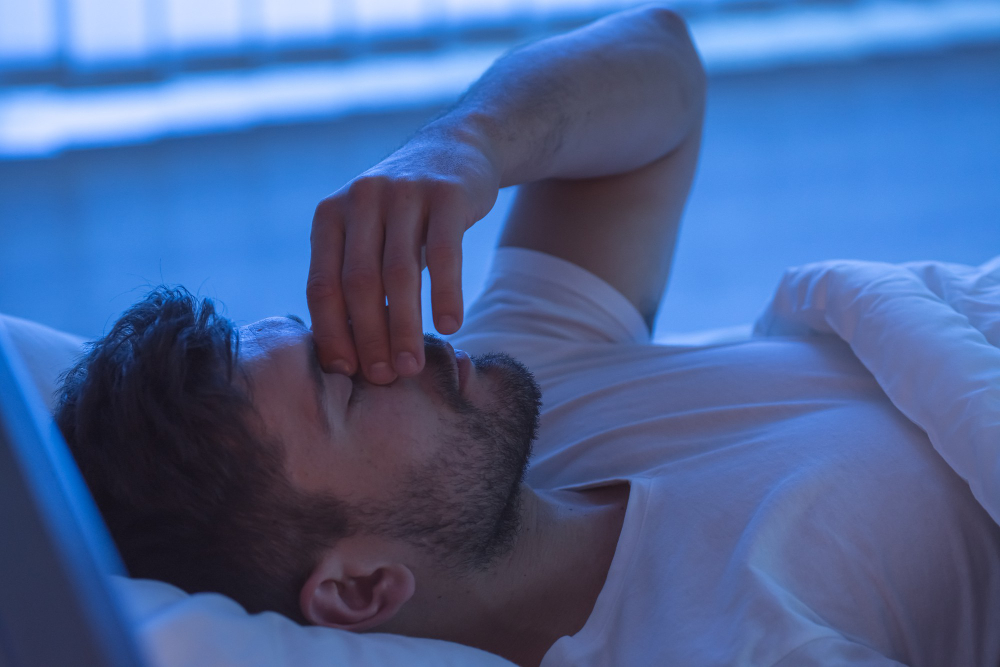Surgical intervention may be a different approach to the problem of sleep apnea, for a group of patient. Before surgery, your Oral and Maxillofacial Surgeon will make a thorough clinical and radiographic examination of lung / airway for any difficulty in finding some passability and thus the exchange of gases between the nose – lungs.

- Weight loss
- Change of sleeping position: Because sleep in the supine position increases snoring, try sleeping in a lateral position
- Avoid alcohol, caffeine and heavy meals especially the last two hours before go to sleep
- Avoid sleeping medications
The “obstructive sleep apnea ” can be treated and cured successfully.
Depending on the severity of the problem will be determined and the appropriate treatment.
- If diagnosed with mild “sleep apnea”, treatment may include medications but not ways to address reduction of snoring. Reduce weight, avoiding alcohol, caffeine and heavy meals two hours before bedtime, sleeping medicines and change position during sleep.
- In the case of small “sleep apnea” these practical instructions may lead to improvement or even the full treatment.
- If the diagnosis concerning small to moderate “sleep apnea” or if there is an inability to use the machine C – PAP, recent studies have demonstrated that an intraoral device can be proven first – line therapies. The intraoral device is a personalized splint placed in the mouth during sleep and holds the lower jaw carrying the tongue forward. By moving the mandible forward, the device raises the soft palate or restrains the tongue from falling back in the airway and cause obstruction. While not as effective as the device C – PAP indicated for use in patients with mild -moderate obstructive sleep apnea who prefer oral appliances or devices do not meet the C-PAP or not the right solution for them or end for patients who can not change their sleeping habits.
Patients with intraoral appliances must visit their doctor at regular intervals to study treatment and progress, modify or adapt the unit and ensure the improvement of symptoms.
The following interventions are those that either individually or in combination can solve the causal problem of sleep apnea.
a) Pharyngoplasty (uvulo palatopharyngoplasty) (UPPP): If the airway route closes at the level of the soft palate pharyngoplasty may provide a solution. Usually solves patients who can not tolerate the use of C-PAP. The Pharyngoplasty shortens and stiffens the soft palate by removing part of the grape and decreasing the edges of the soft palate.
b) Suspension hyoid bone: If the closing (narrowing) of the airway occurs at the base of the tongue, the suspension of the hyoid bone is one of the most appropriate treatments. Usually applied to patients who can not tolerate device C-PAP. The hyoid bone shaped “U”, situated in the middle of the neck centerline above the level of the thyroid cartilage and has many connecting muscles of the neck and tongue. With the immobilization operation is the hyoid bone in the thyroid cartilage and this helps to stabilize this region of the duct.
c) Promoting genioglossus muscle: The promotion of muscle genioglossus coined exclusively for the treatment of “obstructive sleep apnea” and designed to grow the passability of the upper airway. With this operation clamped anterior tendon tongue reducing the displacement of the tongue in this way in the pharynx. The surgery is usually done in conjunction with one of the above mentioned procedures (uvulapalatopharayngial, stabilizing the hyoid bone).
Promoting upper and / or lower jaw
This is the surgery in which the upper or / mandible moved forward. As the bones are surgically moved forward, the soft tissues such as the tongue and palate and move them forward, opened up the upper part of the airway. In fact, for some patients, promoting or upper / lower jaw is the only technique that can generate the required range of the airway and to solve the problem of “obstructive sleep apnea”.
Appliances continuous positive airway pressure. (C-PAP or Bi-PAP)
The use device “continuous positive airway pressure” (C-PAP / Bi-PAP) is effective for patients with moderate “obstructive sleep apnea” and first-line treatment for this with a great degree. Through a special adaptive mask nose of the patient continuously pressurized airflow keeps the airway open / larynx and prevents occlusion. In some cases used Bi-PAP device which injects air at two different pressures.
Although the devices C-PAP and Bi-PAP keep the throat open and prevent snoring and intermittent sleep, can not do causative treatment . If someone stops using the device, then the symptoms will return. While these devices are often the first-line therapy, many patients are unable to accept and use them. If you experience difficulties using these devices do not stop the arbitrary function only after consulting your doctor to find a different but equally effective use.
